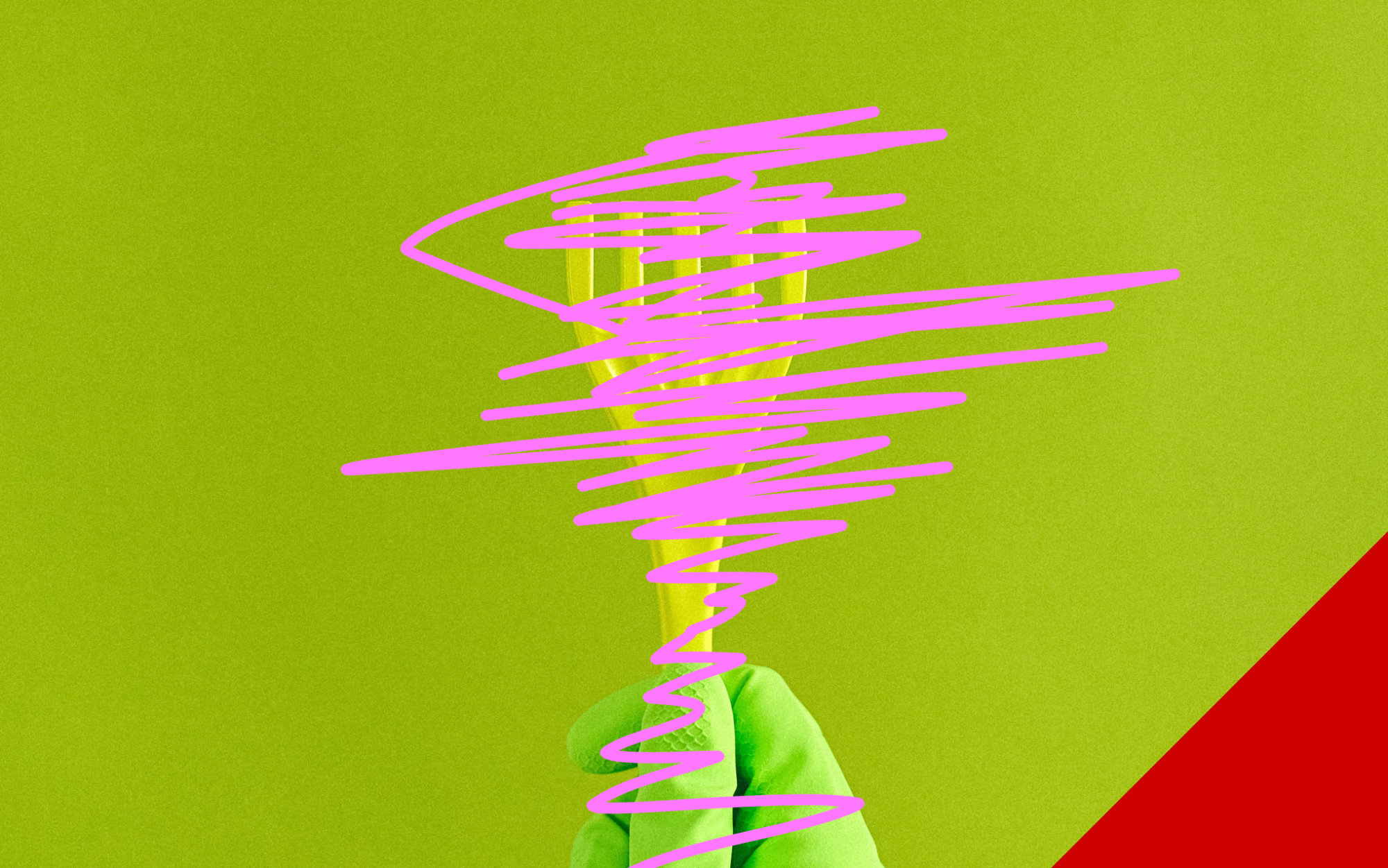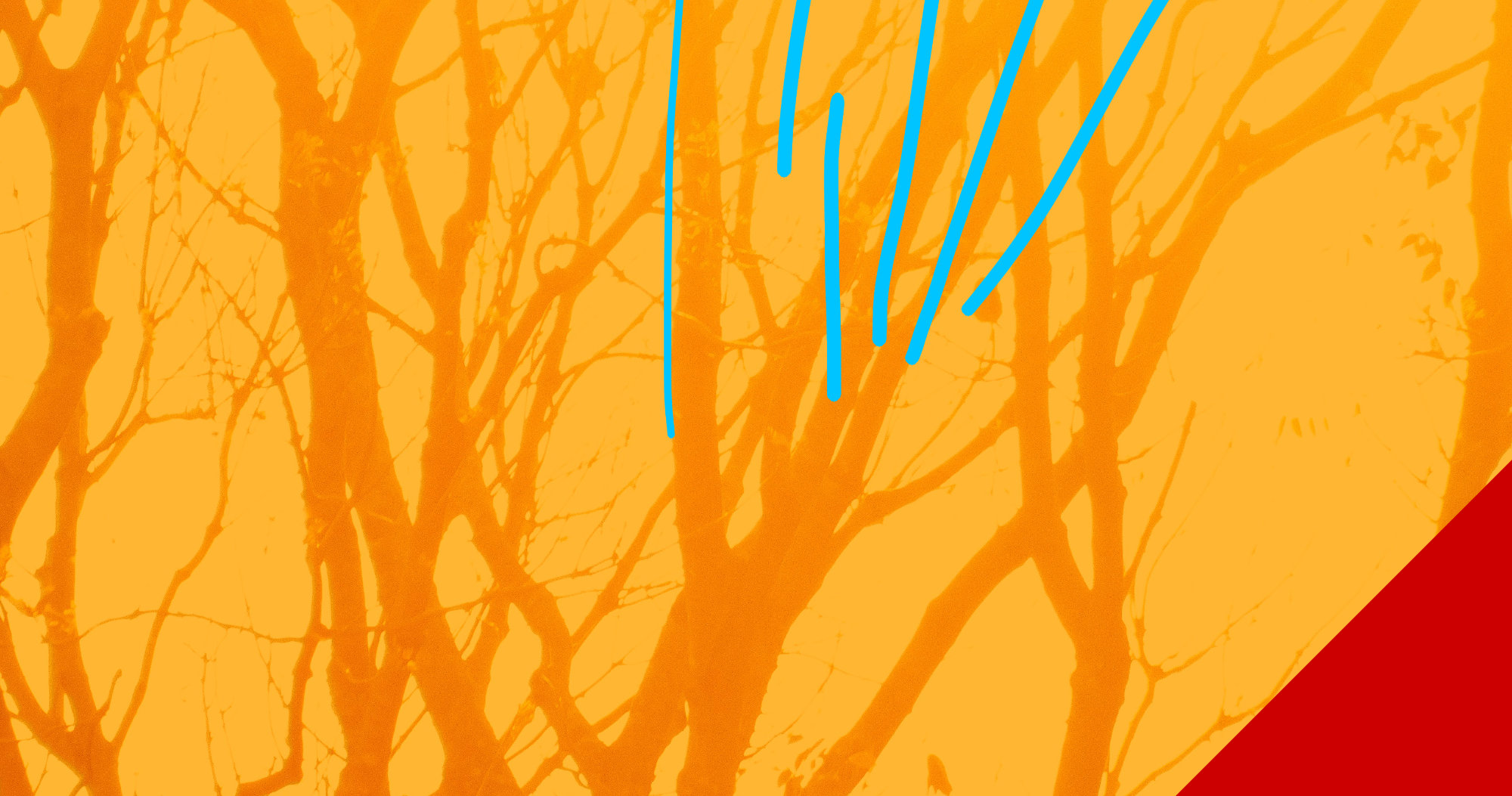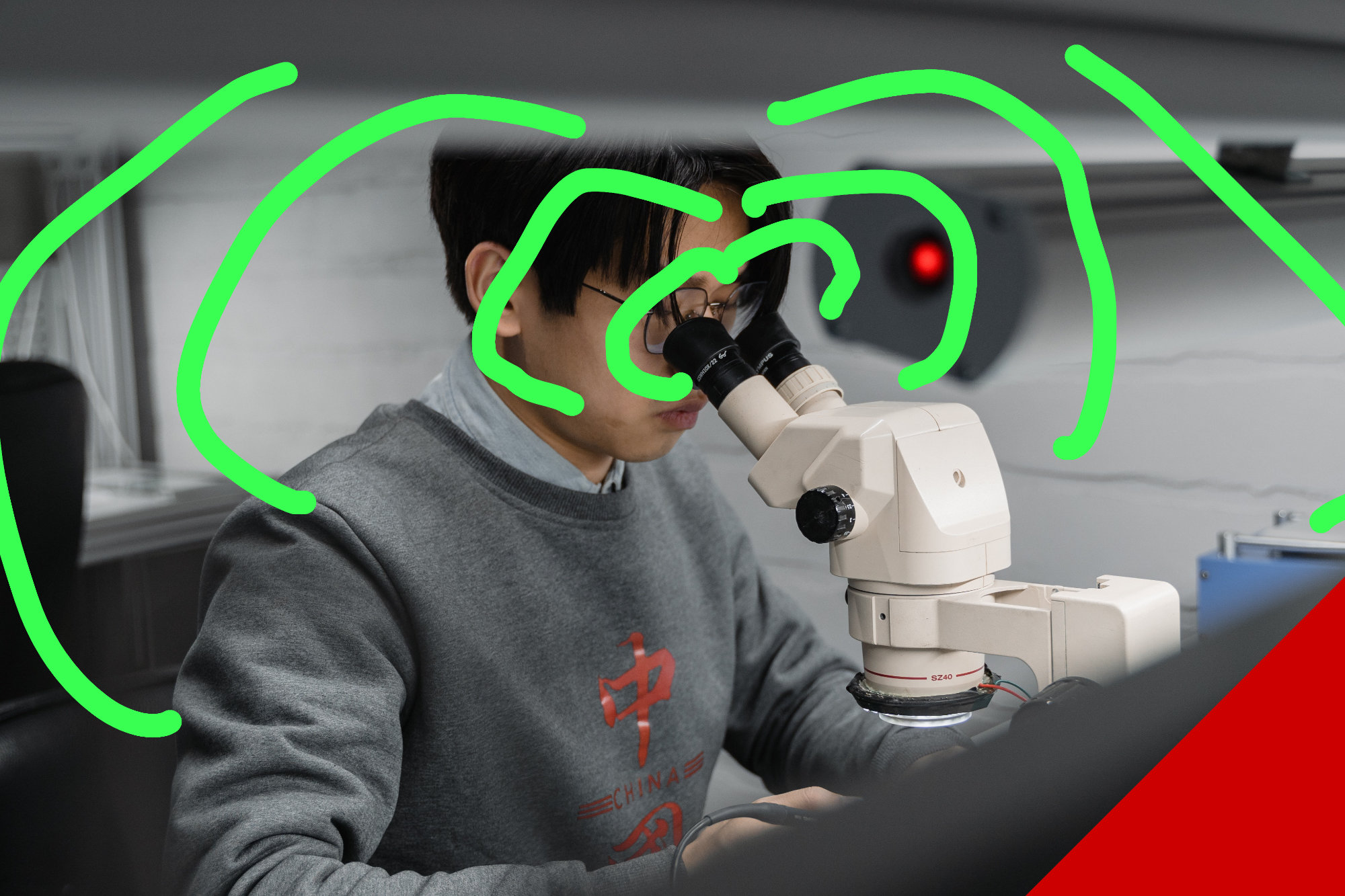
I had an email to send. A simple reply for a simple sweet note from a client. It wasn’t a groundbreaking piece of prose.
The question a robot would ask is “What’s the minimum viable action?” I find it little easier to ask something like “can I make it worse?”
Inevitably I’m delaying on something because it’s big. It’s way bigger than an email response. I have a bunch to consider as far as
- who do I want to seem to be?
- what is the best way to present that?
- what does the recipient need?
- is it weird to respond right away?
- is it weird to respond later?
- what do I want to do next with this client?
- and a million more!!!
I got to a moment where I noticed that feeling that it’s going to be a bigger deal if I don’t respond at all. I’m going to need to respond at some point. It might take me a lot of time to come up with the perfect joke response. So, I say “I’ll do it poorly” I jump in. Make a one sentence email that is kind, and not a masterpiece, but at the same time not as bad as I imagined it would be.
I thought if I let go of perfection, I would swirl into terribleness. I was wrong. I’m capable of writing a sentence. I have learned this lesson over and over. Making it worse is the best solution I have so far.


































